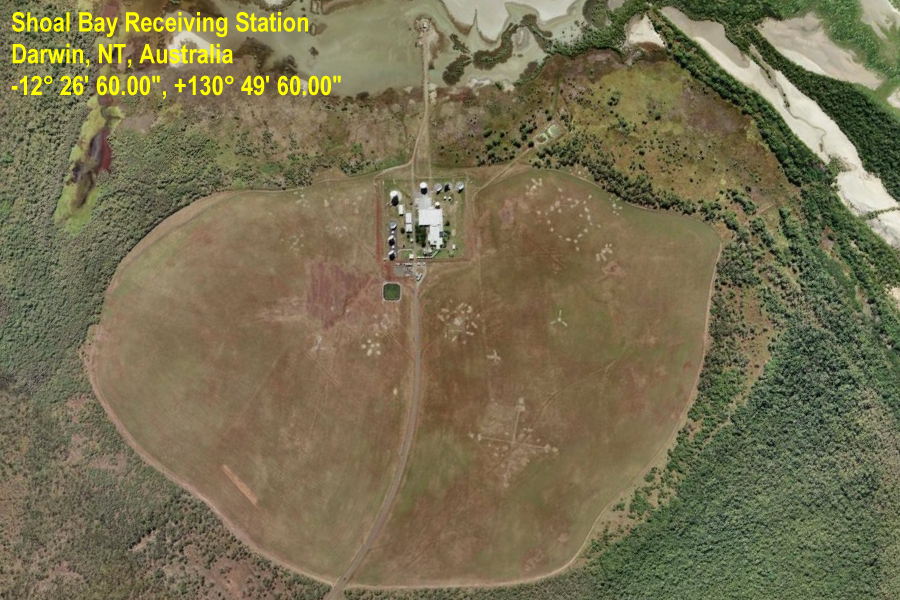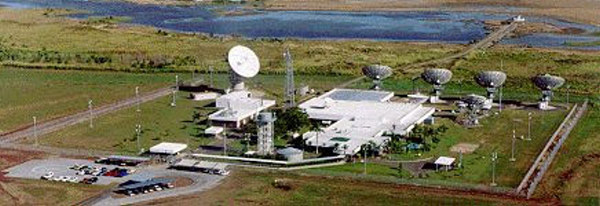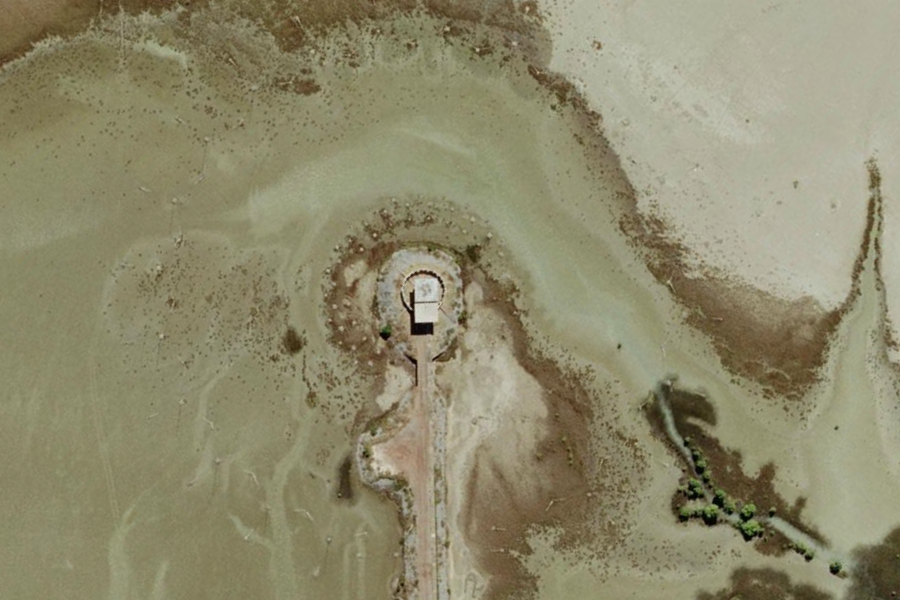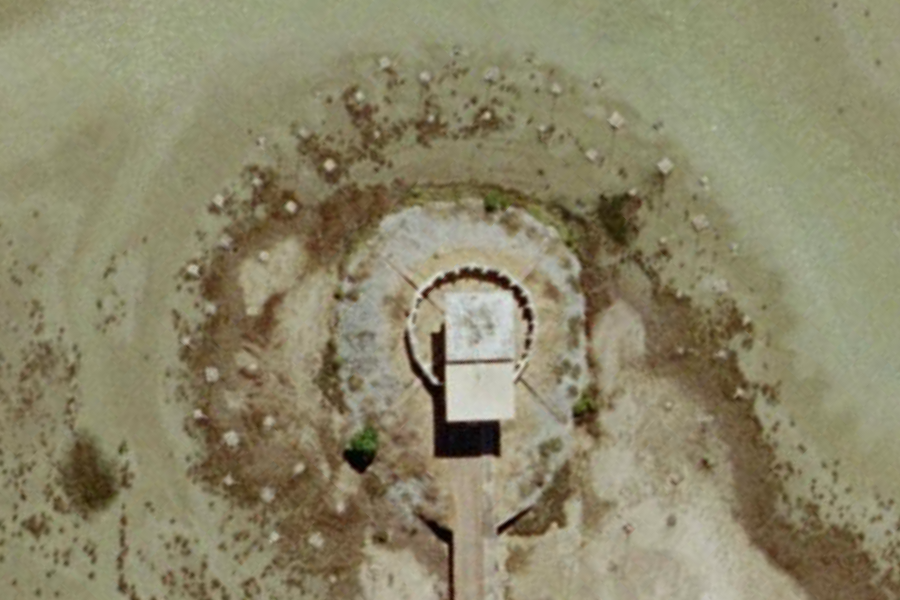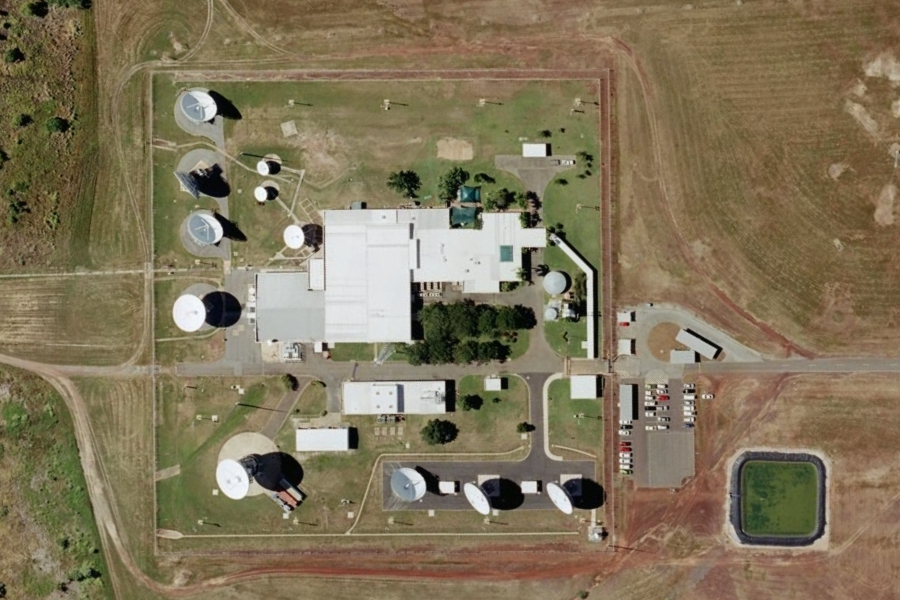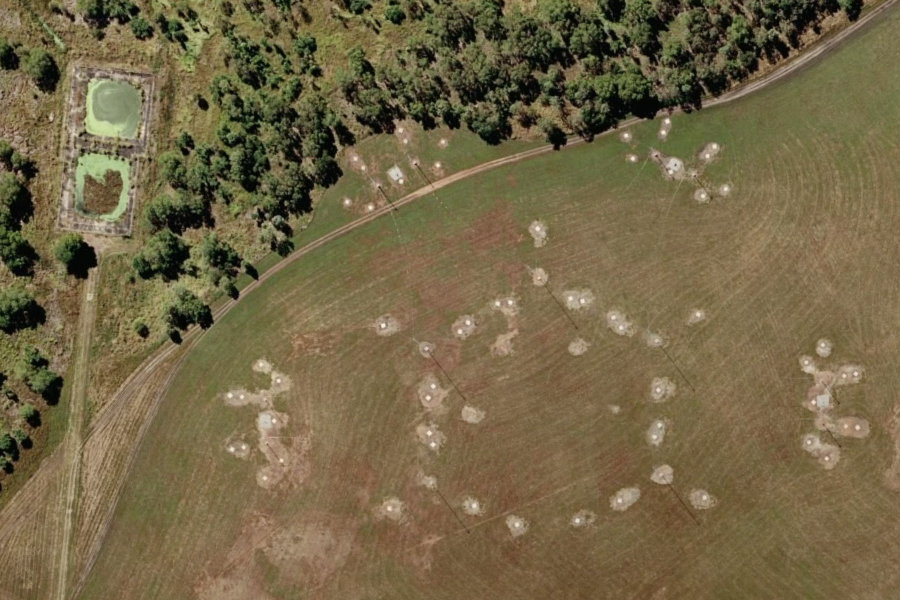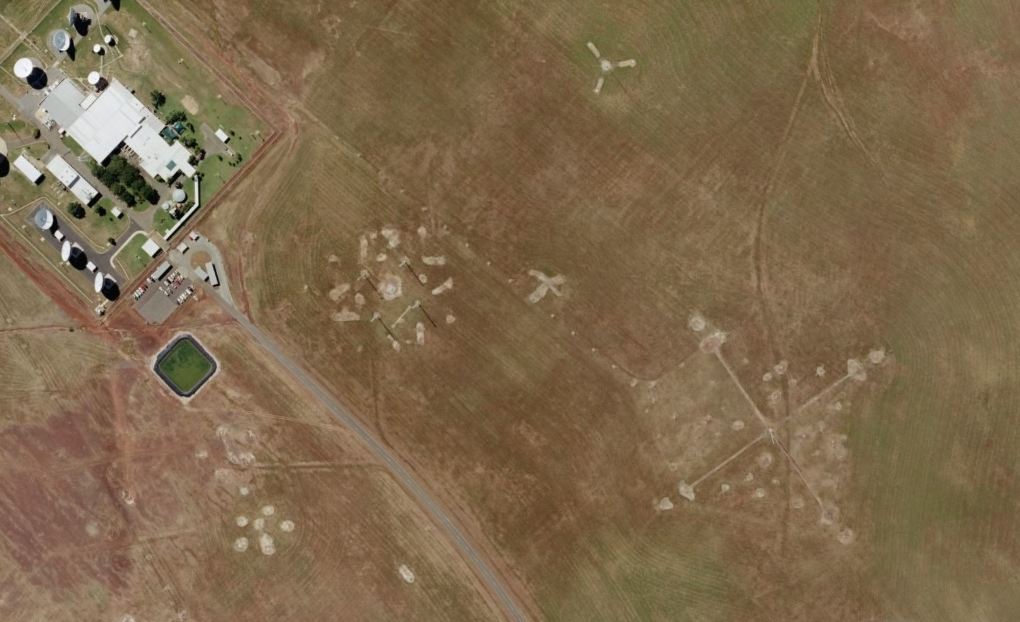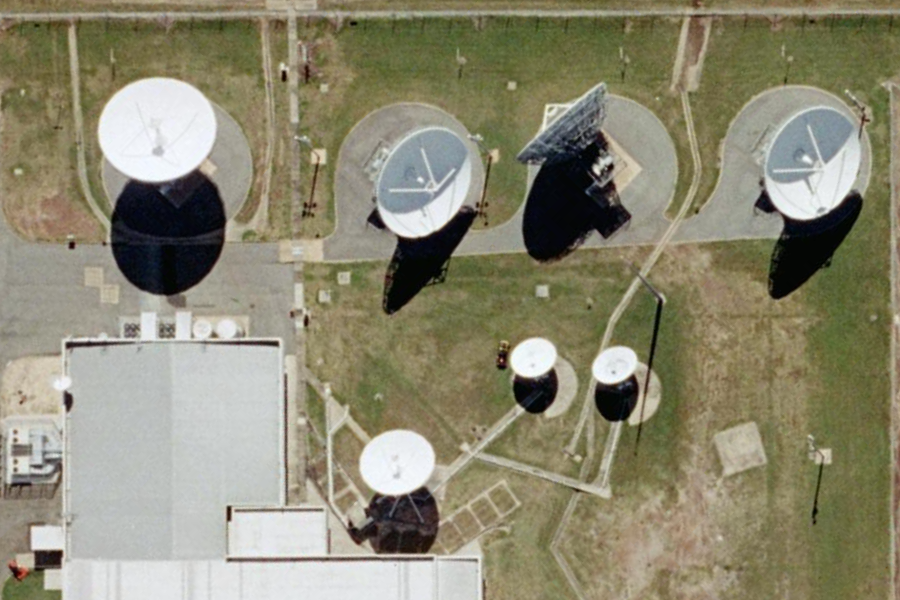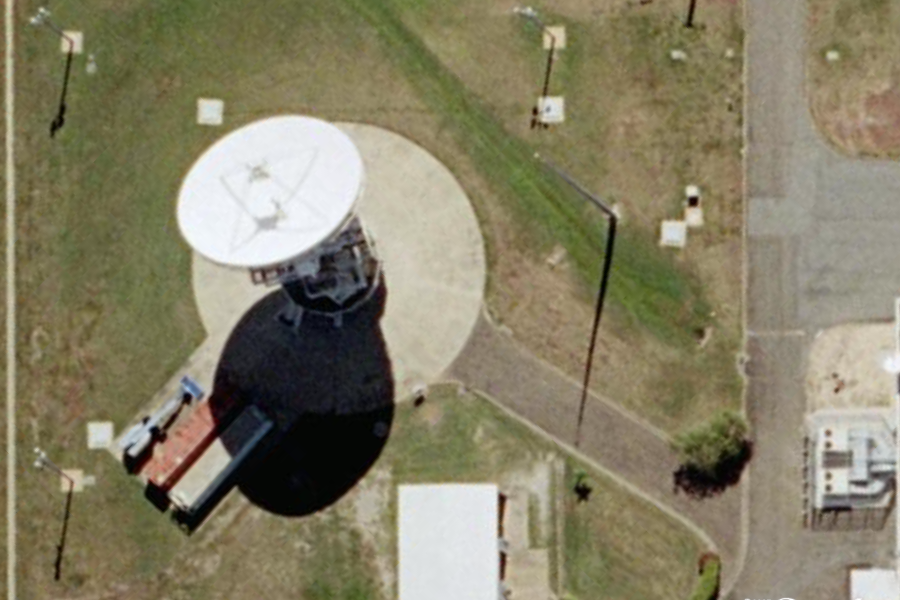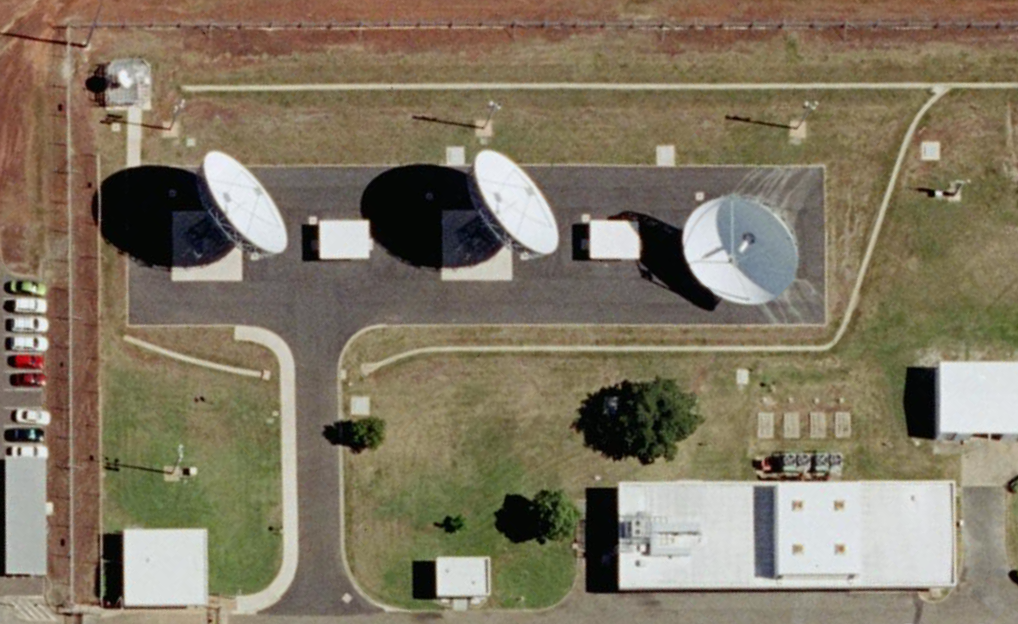|
|
|||||||||
|
Darwin, Northern Territory, Australia -12° 26' 60.00", +130° 49' 60.00" ..
Shoal Bay Receiving Station Shoal Bay Receiving Station is a signals intelligence-gathering station, located on the shores of the Shoal Bay Gulf, 17km from Darwin in Australia's Northern Territory. The site is nominally run by the Royal Australian Navy, but is staffed by a combination of Navy, Army and Defence Signals Directorate personnel. One of the major purposes of the station has been to intercept and monitor Indonesian satellite communications and gather intelligence on the activities of the Indonesian military. The station was a major source of intelligence on the role played by the Indonesian Military and associated militia groups in the violence in East Timor following the 1999 Referendum of Independence. The site may also have intercepted conversions regarding the planned murder of Australian journalists in East Timor by the Indonesian miliary, in 1975, prior to the killings taking place. The site is suspected to be a part of the US SIGINT network ECHELON, and is operated under the UKUSA Agreement. |
|||||||||
|
..
December 11, 2000 Arguably the Navy's quietest and unassuming station in the north, Shoal Bay Receiving Station (SBRS) has been rewarded with significant recognition for the achievements of the station. SBRS is located some 17km from HMAS COONAWARRA in Darwin on the sunny shores of the Shoal Bay gulf. The station provides communications support and services for ADF and allied units. Although managed by the RAN, the station is staffed by a combination of RAN, Army, RAAF, defence civilians and civilian contractors - a challenging environment indeed. In the current defence environment of change and examination of business practices, SBRS has succeeded in being the first defence installation of its type to be accredited by the Support Commander Australia, Major General Haddad.... <More> SOURCE: Australian Royal Navy |
|||||||||
| Shoal Bay
Receiving Station by Richard Tanter — last modified 2007-11-19 00:52 Location: S 12° 21' 38'', E 130° 58' 58'' Introduction The Shoal Bay Receiving Station east of Darwin is one part of the Naval Communications Station. The second part, the Humpty Doo Transmit Station, is located 60 kms south of Darwin. It has two primary roles: the interception of satellite communications and the interception of high frequency signals. In 2005 the station housed a total of 17 antennas. As Australia's principal source for interception of Indonesian military and civilian communications, Shoal Bay has had a particularly role in Australian government understanding of Indonesian military activities in East Timor from 1975 to 1999, an understanding usually withheld from the Australian public. In 2005, 85 personnel worked at the station, made up of Navy, Air Force, and Army staff, as well as Defence civilians and contractors. Boeing Australia is the largest contractor, with 45 staff associated with the site. Analysis and commentary Desmond Ball, "Silent Witness: Australian intelligence and East Timor", Masters of Terror: Indonesia's Military and Violence in East Timor in 1999, [co-edited with Desmond Ball and Gerry Van Klinken], (New York: Rowman and Littlefield, second edition, 2006). "DSD’s largest intercept station is located at Shoal Bay, near Darwin, where some 120-150 people worked through 1999, listening with earphones to Indonesian radio traffic, recording encrypted signals, and monitoring satellite telephone conversations. "The Shoal Bay station has two different signals interception systems. One is a large circular antenna array, code-named Pusher, which is used for interception, monitoring, direction-finding (DF) and analysis of radio signals in the high frequency (HF) band. This system intercepted radio communications among ABRI and militia units in East Timor, between ABRI officers in the field and the East Timor Command in Dili, between Dili and the HQ of the Udayana Regional Military Command or KODAM (Komando-Daerah Militer) IX in Denpasar in Bali, and between Dili and ABRI HQ in Jakarta. "The second system, code-named Larkswood, is concerned with the interception of Indonesian satellite communications, and especially those involving Indonesia’s own Palapa communications satellite system. It became operational in 1979, and during its first decade had only two dish antennas, for monitoring the two Palapa satellites then in service. In the late 1980s, according to the then Minister for Defence, ‘the station [was] modified in response to changing requirements and this included the installation of several dish antennas’. These must have been temporary, because at the time of the massacre at the Santa Cruz cemetery in Dili in November 1991, there were still only two dish antennas. But many more were installed in the late 1990s, making eleven as at September 1999 (including two small dishes on the roof of the main operations building). Most of the new antennas were designed to intercept various sorts of satellite communications involving Indonesia, including mobile satellite telephone (satphone) conversations using INMARSAT and other services. By 1998, it seemed that ABRI officers throughout the archipelago were using satphones more than their Army radios to communicate with Jakarta. Some of the new dishes were installed to provide direct relay of the intercepted material, as well as ‘first echelon’ translations and analyses, to the DSD HQ and the DSD liaison offices in the ONA and DIO buildings at Russell Hill. "In addition, small teams of Navy SIGINT personnel from Shoal Bay served aboard some of the Navy’s frigates and patrol boats, which were able to operate close to East Timor. These teams intercepted VHF/UHF transmissions as well as low-power HF signals, such as walkie-talkie and field radio communications. DSD was also able to use two P-3C Orion aircraft which had been specially configured for SIGINT operations in 1995-98 (under Project Peacemate)." References and Additional Reading:
|
|||||||||
|
....
..
..
QUESTIONS IN
WRITING Question:
(1) How many
personnel currently work at the Shoal Bay
Receiving Station in Darwin, Northern Territory.
Answer:
(1) 73
SOURCE: Parlaiment of Australia
..
QUESTIONS IN
WRITING Question:
(1) How many
personnel currently work at the Shoal Bay
Receiving Station in Darwin, Northern Territory.
Answer:
(1) 85
(a) August 2000: The Hon John Moore MP, Minister for Defence, received a classified briefing.(6) No radomes, 17 antennas. (7) The station is managed by the DSD and is operated in cooperation with other parts of the Department of Defence and the Australian Defence Force. The operational details of the facility are classified. SOURCE: Parlaiment of Australia - As PDF
By Slithytove - Google Earth This is the Shoal Bay communications station, near Darwin in the NT. Now that Darwin is high res it can be seen clearly. But hang on! Darwin is really only medium res, but there is one slice of ultra high res that shows the Shoal Bay station in all it's glory, and it's the ONLY structure in this piece of ultra high res. Strange. Shoal Bay is run by the Australian Defence Signals Directorate, they also run the Kojarena station.
.. |
|||||||||
Related Links:
|
|||||||||
| FAIR USE NOTICE: This page contains copyrighted material the use of which has not been specifically authorized by the copyright owner. Pegasus Research Consortium distributes this material without profit to those who have expressed a prior interest in receiving the included information for research and educational purposes. We believe this constitutes a fair use of any such copyrighted material as provided for in 17 U.S.C § 107. If you wish to use copyrighted material from this site for purposes of your own that go beyond fair use, you must obtain permission from the copyright owner. | |||||||||
|
|
